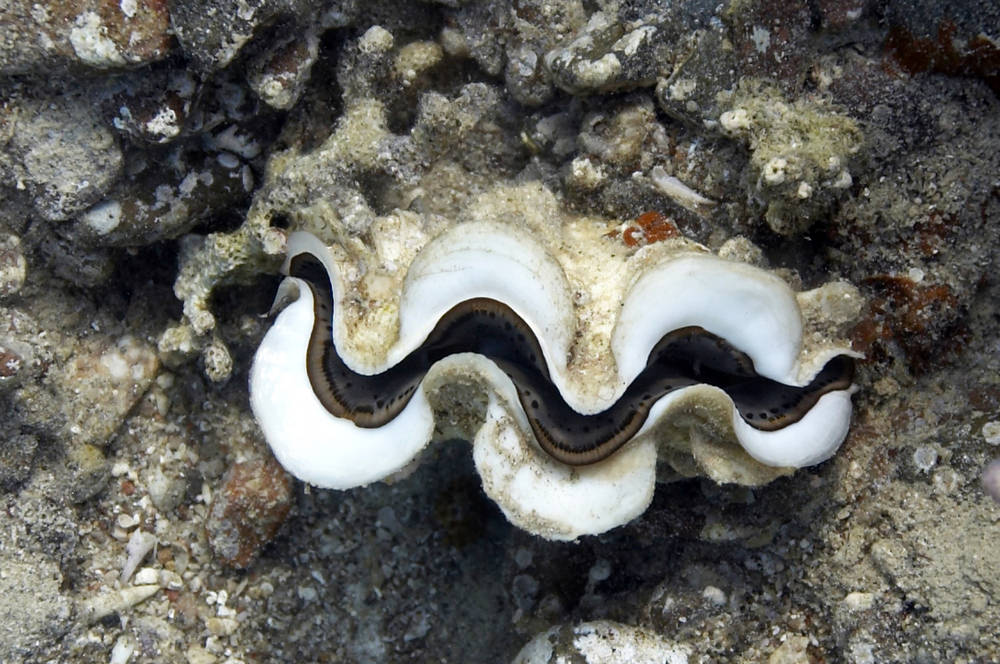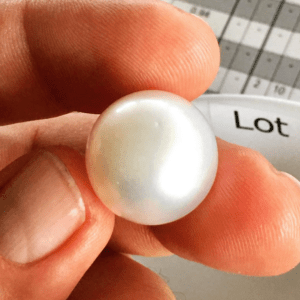South Sea pearls, renowned for their captivating luster and rarity, are born from the Pinctada maxima, or the white-lipped oyster. These coveted pearls, characterized by their luminous white or golden hues, constitute a mere 10% of the cultured pearl market. In this comprehensive exploration of South Sea pearl farming, we delve into the intricate process behind the creation of these pearls, renowned for their exceptional beauty and scarcity.
South Sea pearls primarily thrive in select regions, including Australia, Indonesia, Japan, and Thailand. The unique allure of these pearls is intrinsically linked to the Pinctada maxima oysters. Nevertheless, these oysters, due to their wild nature and handpicking during the cultivation process, are susceptible to overharvesting. As a result, stringent regulations are enforced to safeguard these invaluable oysters and ensure their sustainable production.
South Sea pearl farming commences with the quest for these elusive oysters, concealed in the depths of the sea. Divers embark on demanding expeditions, venturing up to eighty meters beneath the surface, in pursuit of healthy oysters. Alternatively, some South Sea pearl farms deploy pearling ships, streamlining the oyster collection and preservation process.

Upon retrieval, it is imperative to shield the oysters from contamination or disruptions that could impede the pearl production process. To achieve this, the oysters are relocated to tranquil bays, meticulously chosen for their pristine waters and ideal conditions for nurturing pearls.
With the oysters securely situated in their new habitat, the nucleation process begins. Nucleation involves implanting a foreign nucleus inside the oyster, provoking a self-protective response that results in the creation of nacre, the iridescent substance responsible for a pearl’s radiant beauty.
Pearl farmers employ various methods to initiate the nucleation process. One such technique is the South Sea pearl farming method, where the soft tissue of the oyster is irritated. This irritation prompts the oyster to secrete nacre, progressively layering it over the irritant. The nacre hardens over time, ultimately forming a luminous pearl.
After a span of three to four months, pearl farmers employ an X-ray method to scrutinize the oysters, seeking to determine if the implanted nucleus has been accepted or rejected. In an ideal scenario, all oysters would embrace the nucleus, but South Sea pearl farming presents a different reality.
In cases where an oyster has rejected the nucleus, there is little to be done but to discard the oyster. These oysters, uncooperative in producing precious pearls, are no longer of use.

The journey from nucleus implantation to the formation of a fully-fledged South Sea pearl is a journey through time. On average, it can take between two to three years for a South Sea pearl to develop completely. The prolonged development period results in the accumulation of more nacre, which, in turn, contributes to the production of larger, more lustrous pearls. The synergy of size and luster is what renders these pearls their exceptional value and allure.
Amidst the enigmatic world of South Sea pearl farming, the patience and precision required to nurture nature’s gems serve as a testament to the awe-inspiring beauty and rarity of these treasures from the depths of the sea.
The cultivation of South Sea pearls is a meticulous art, with various stages and intricacies that contribute to the final result.
The nucleation process is akin to nature’s magic. By carefully introducing an irritant, usually a bead or shell piece, into the oyster, pearl farmers initiate the formation of nacre. It’s a remarkable example of nature’s self-protective response.
Over time, the oyster secretes layers of nacre to coat the irritant. These thin layers accumulate to create the pearl’s lustrous surface. The duration of this process varies and directly affects the pearl’s size and quality.
Pearl farmers are vigilant observers. They employ X-ray techniques to monitor the pearls’ development inside the oysters. This meticulous scrutiny ensures that only the finest pearls are harvested, contributing to their premium quality.
After years of nurturing, the oysters reveal their treasures. Each pearl is unique, a testament to nature’s intricate artistry. The pearls are harvested, revealing their exquisite colors and iridescence.
South Sea pearls are distinct due to their origin from the Pinctada maxima oyster and their characteristic luster, which sets them apart from other cultured pearls. These pearls are primarily known for their larger size and come in stunning white or golden hues, adding to their uniqueness.
South Sea pearl farmers are increasingly committed to sustainable and eco-friendly practices. They aim to protect the oyster habitats and natural environments. They adhere to strict regulations to prevent overfarming and conserve the white-lipped oyster population, ensuring a sustainable future for South Sea pearl production while minimizing the ecological impact.
Oysters that reject the nucleus during the nucleation process are often discarded because they will not produce valuable pearls. In the absence of a nucleus, these oysters do not develop the iridescent layers of nacre that create the lustrous surface of a pearl, rendering them unsuitable for pearl production.
Yes, South Sea pearl farming can have a significant positive impact on local economies. In regions where pearl farming is prevalent, it provides employment opportunities for divers, technicians, and those involved in the pearl production process. Additionally, the global demand for South Sea pearls can contribute to economic growth in these areas through trade and exports.
The location of pearl farming plays a vital role in determining the quality of South Sea pearls. Factors such as water temperature, nutrient availability, and water quality influence the oysters’ health and the resulting pearls. Pearls from different regions may exhibit variations in luster, size, and color due to their unique environmental conditions.
These FAQs offer insights into South Sea pearl farming and the factors that affect the value of these exquisite gems from the sea.
Signup now and receive an email once I publish new content.